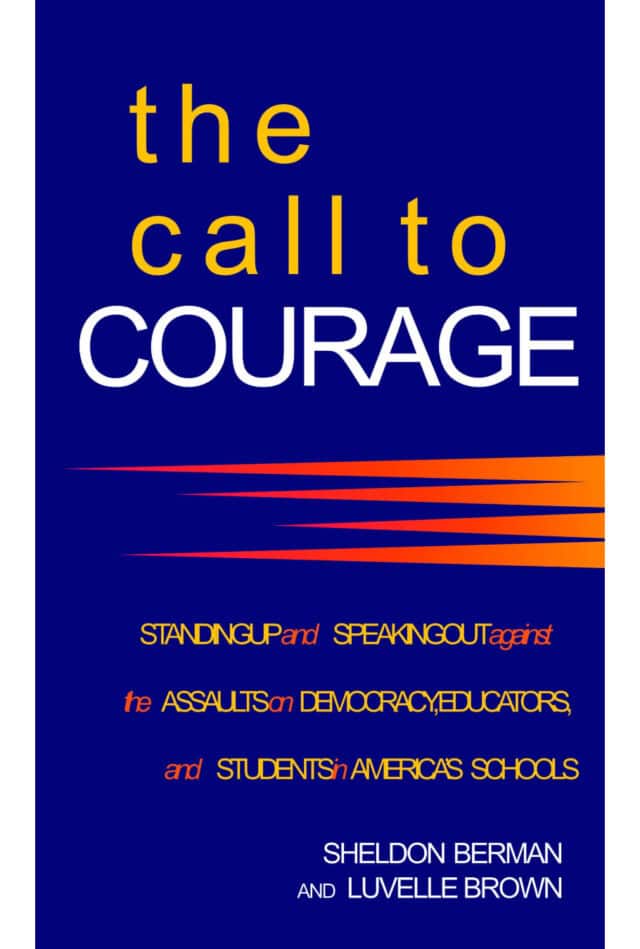The goal of my education career has been to work for positive changes in curriculum, instruction and educational management that result in improving the quality of student achievement, school climate, and professional expertise and culture. I believe deeply that the key to instructional improvement and closing the achievement gap is investing in the professional quality of the faculty through engaging teachers and administrators in reflective practice and collaborative learning.
Teaching is among the most complex of all professions. Teachers need a broad repertoire of strategies to create positive classroom environments, design lessons, develop effective assessments, diagnose gaps in understanding, and personalize instruction to meet each child’s learning needs. The key to boosting student achievement lies in providing ways for teachers to expand their skills and to leverage knowledge and expertise across the district. Therefore, we must invest where we can have the greatest influence: in the culture of our classrooms, the quality of our instruction and the effectiveness of our teachers.
I believe that four strategies are most effective in building quality classrooms and quality instruction. The first is the creation of caring classroom communities. Research indicates that classroom culture and climate affect learning as dramatically as the academic curriculum does, and that a strong foundation of social and emotional safety supports academic progress. Therefore, teachers must be as thoughtful in structuring the social environment as in preparing academic lessons.
The second strategy is engagement. Students are not empty vessels into which we pour knowledge, and learning is not rote memorization. Students must interact with the material and experience a connection to what they are learning. Instructionally, this means framing questions that motivate students to explore material and designing activities where students solve problems, consider diverse perspectives and demonstrate deep understanding in multiple ways.
The third strategy is a diagnostic approach to teaching. Clearly, teachers need to know their subject matter at a deep level. Beyond content, however, effective teaching is about the continuous study of the students in the classroom, exploring what they understand and don’t understand, and finding ways to bridge the gap. Taking a diagnostic approach means listening carefully to class discussions, analyzing students’ mistakes, and asking questions that reveal how students arrive at their answers. Teachers need to review student work, analyze assessment results and plan interventions that increase students’ grasp of the material. We base our content on the curriculum, but our teaching strategies spring from the detailed diagnoses of students’ understanding and from the unshakeable belief that all children can and will learn.
The fourth strategy is collaboration. For generations, teaching has been largely a solo endeavor, where it’s up to the individual teacher to ensure students learn the content. Schools were essentially designed as collections of one-room schoolhouses. The next era of teaching must be collaborative, where teachers build on each other’s talents and skills. In this model, teachers work together to design lessons, review student work, and strategize about appropriate instructional adjustments and interventions for particular students. Instead of teaching students in isolation from each other, teachers of the same grade level or subject matter share responsibility for all students, ensuring that every child succeeds. Teamwork makes the profession far less lonely, far more engaging, and far more effective.
Creating caring classroom communities, providing engaging instruction, taking a diagnostic approach to teaching, and making collaborative practice a reality are the core strategies to promote continuous improvement and a positive district culture. Through these strategies, we can ensure that students leave high school not just with a diploma—but with the academic skills, interpersonal confidence, and joy in learning that will propel them toward success in post-secondary education and careers.
The Andover Way: A Culture of Learning, Teaching and Leading
Shaping the Way We Learn, Teach, and Lead
Sheldon Berman: Shaping the Way We Learn, Teach, and Lead from Sheldon Berman
The vision, mission and instructional strategies implemented in the Jefferson County Public Schools while Dr. Berman served as superintendent from 2007 to 2011 embody this educational philosophy. The administrative leadership in JCPS created “Shaping the Way We Learn, Teach and Lead” in order to communicate to faculty, staff and the larger community how the district’s vision can be realized through the coherence of its theory of action, goals and strategies, core competencies for staff, and classroom instructional framework.
Berman-Feature-Purpose-of-EducationRecalling public schooling’s larger aims. School Administrator, Vol. 71, No. 10, November 2014

